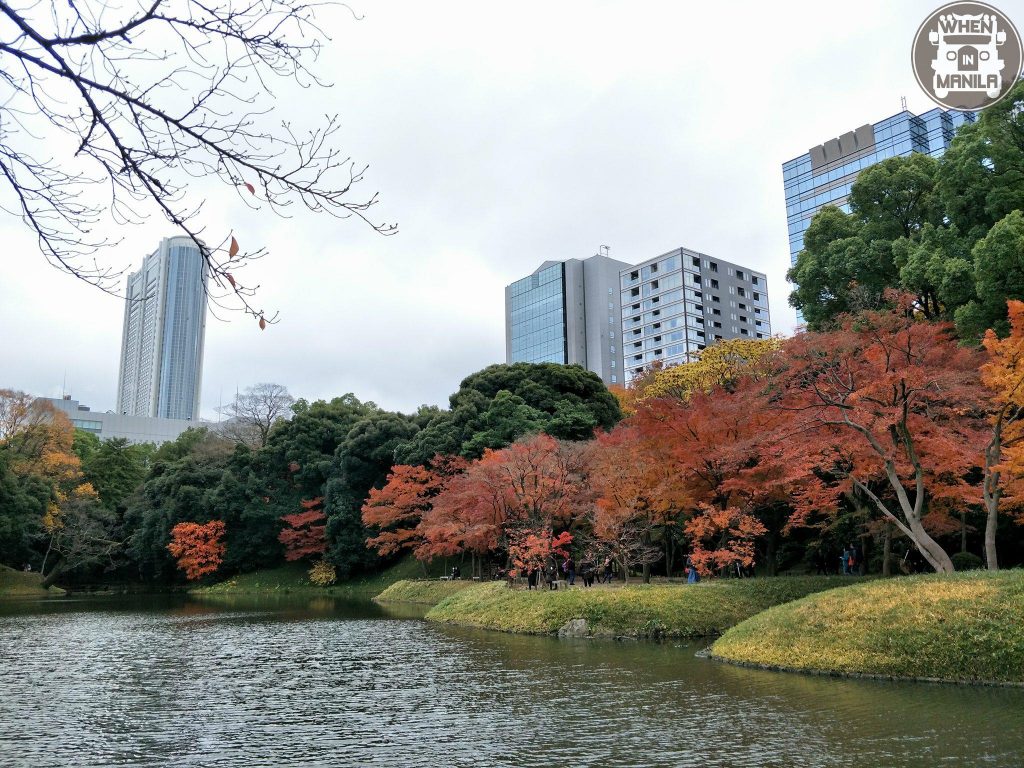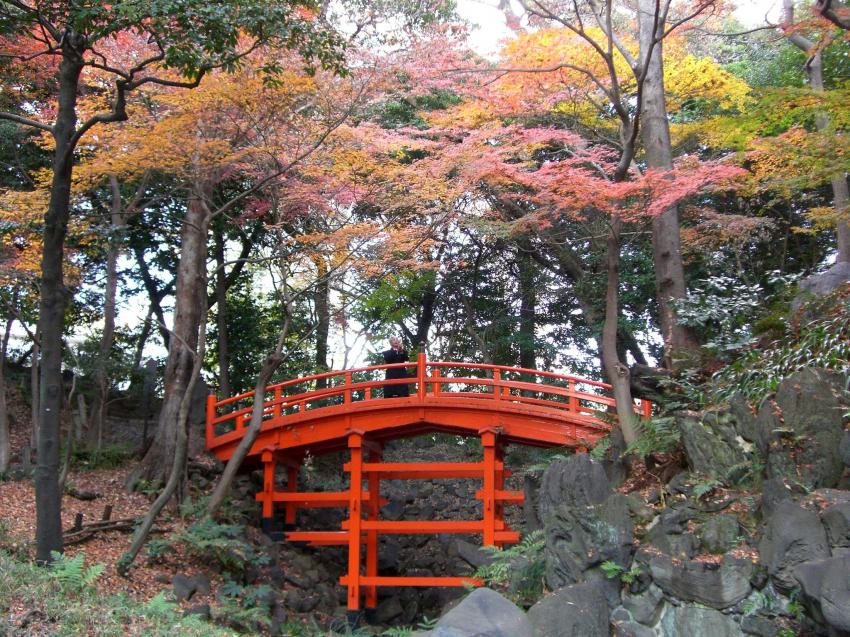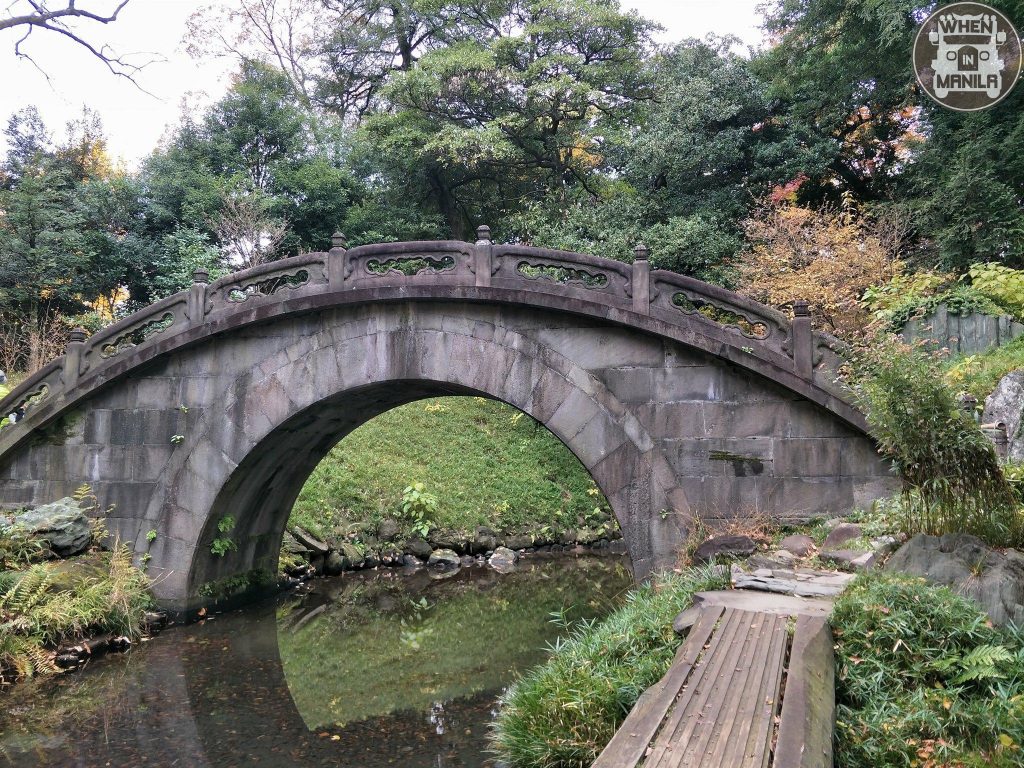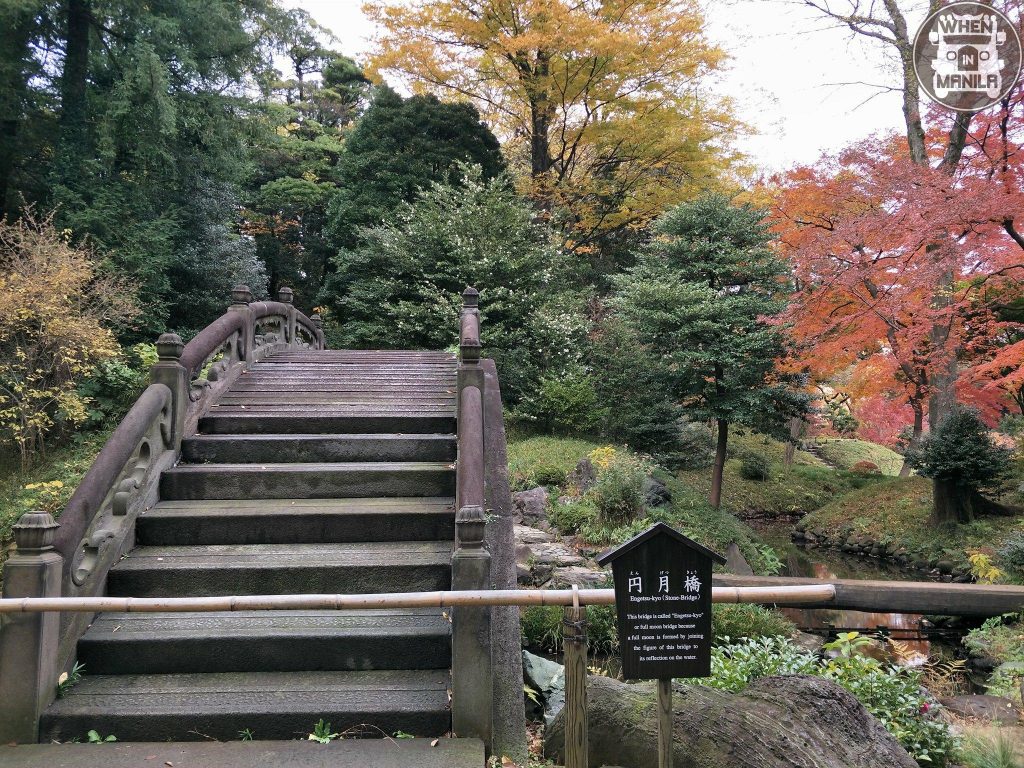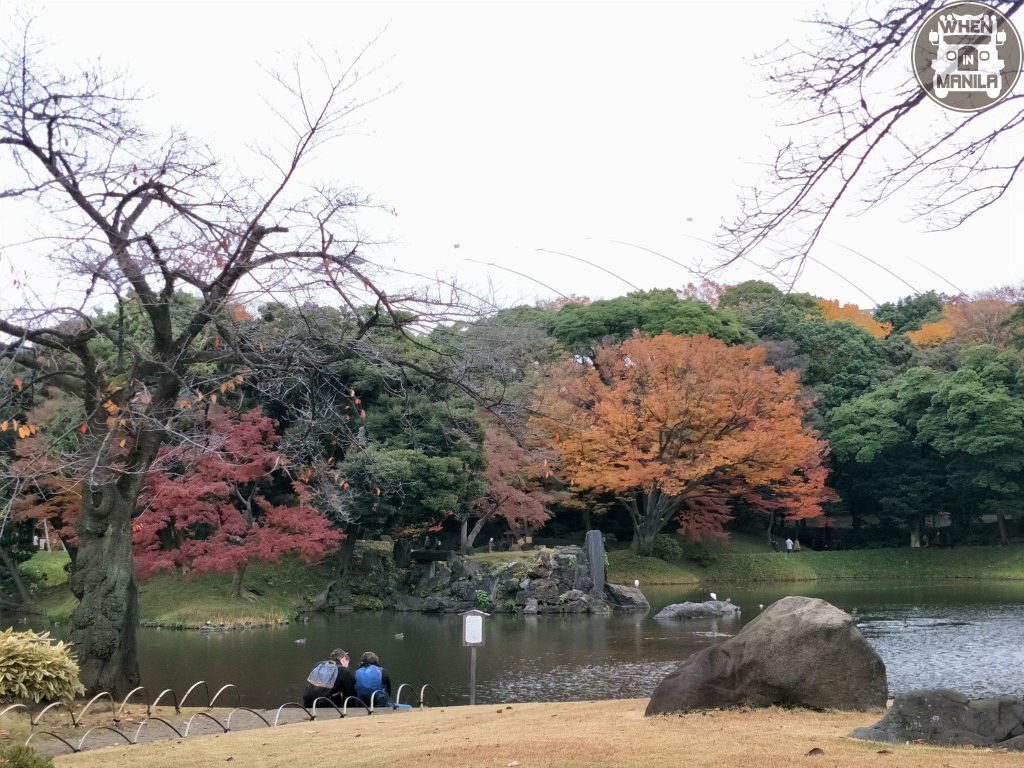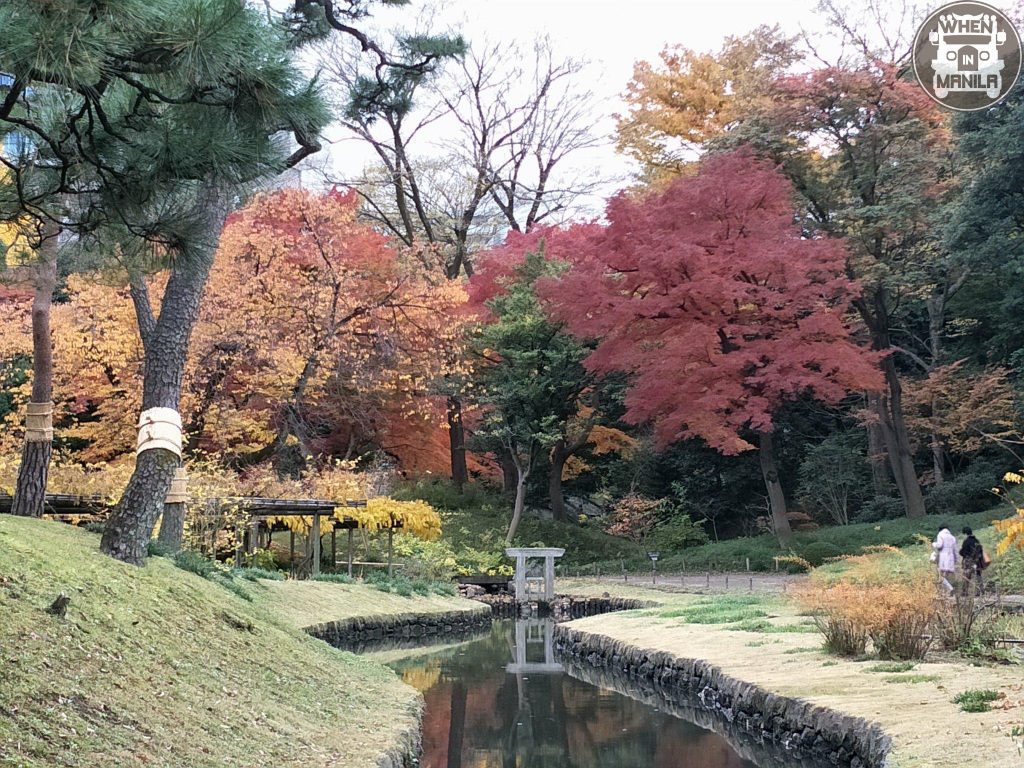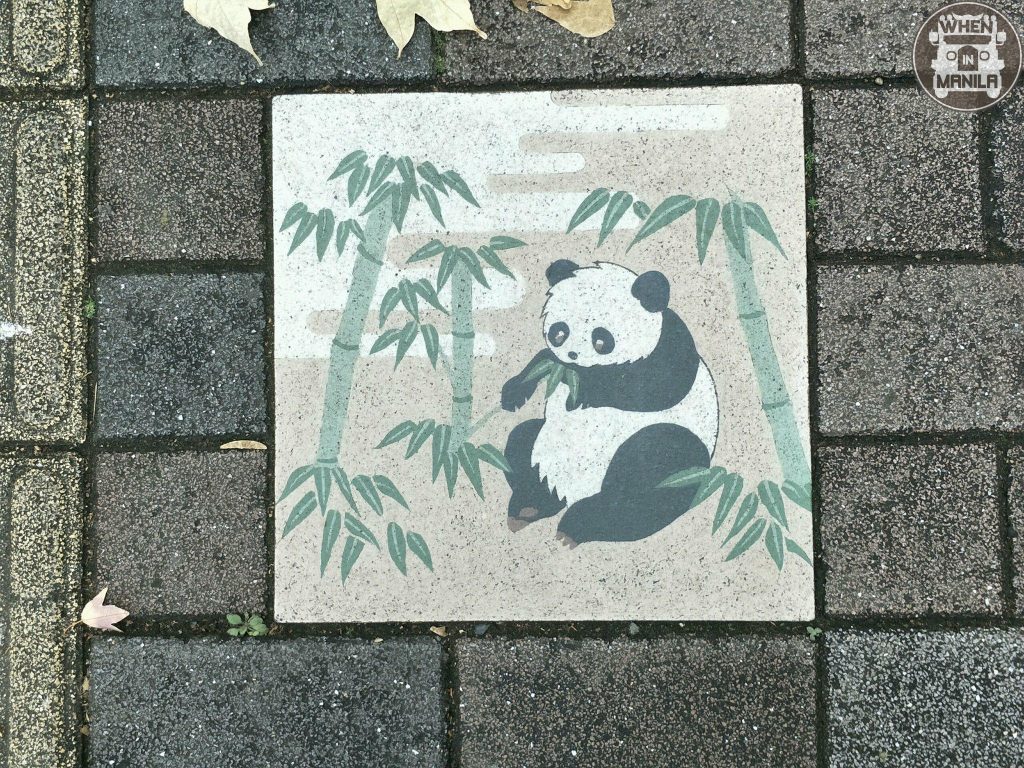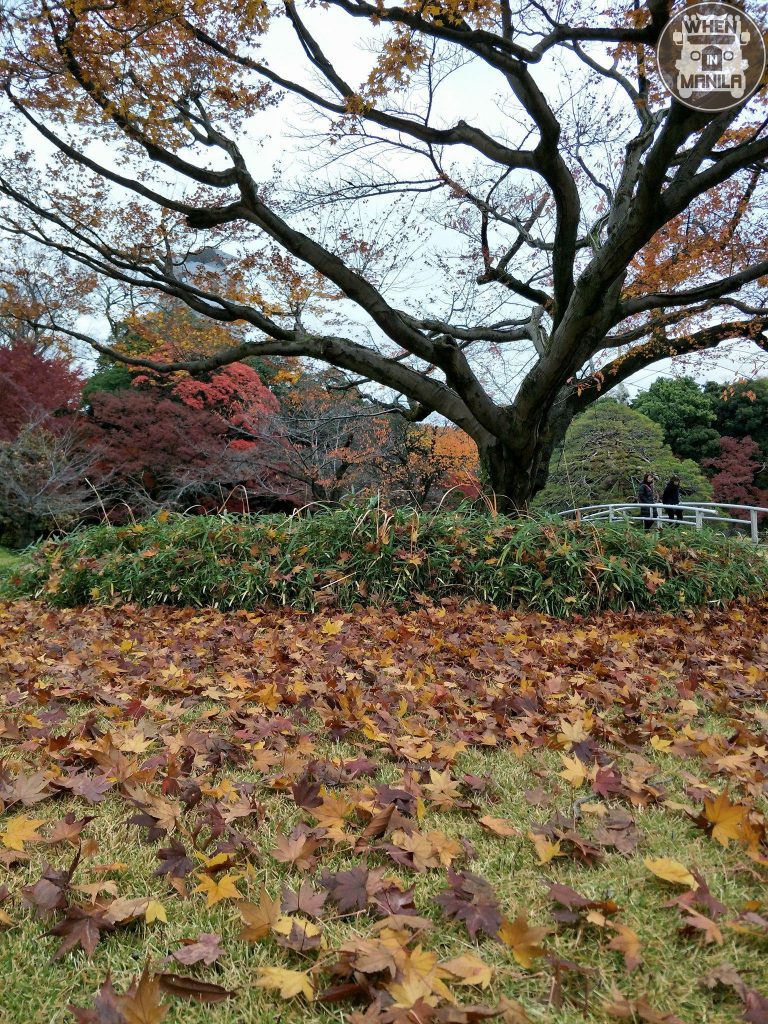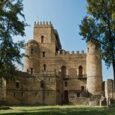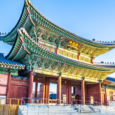The Koishikawa Korakuen Gardens was built in 1629 by the founder of the Mito branch of Tokugawa clan, Yorifusa. It served as his secondary residence, which later became his main residence in the early stage of the Edo period.
The Koishikawa Korakuen Gardens is a circuit style garden with manmade hills centered around a pond. Typical sights in China were reflected in this garden. Even the name was given by a Chinese adviser, Zhu Zhiyu, resulting for the garden to have many touches of China.
The name “Korakuen” comes from the Chinese text “Gakuyo-ki” which means “worry before all worries in the world and enjoy after all enjoyments in the world.”
Koishikawa Korakuen Gardens is designated as a Special Place of Scenic Beauty and Special Historic Site in Japan. Apparently, this double designation is rare. It is limited to Koishikawa Korakuen Gardens, Hama-rikyu Gardens, Kinkakuji Temple, among others.
Scenic Spots in Koishikawa Korakuen Gardens
Tsuten-kyo
Photo source: japantoday.com
The autumn tints in mid-November is a perfect backdrop for this vermilion-colored bridge.
Tokujin-do
A small temple inside Koishikawa Korakuen Gardens where wooden figures used to be enshrined.
Seiko-no-tsutsumi
This bank was created in resemblance to the one on Lake Seiko (Xi Hu) in Hangzhou (present day Zhejiang province in China). It is believed to have left significant influences to gardens throughout the entire Japan.
Engetsu-kyo (Full Moon Bridge)
The name of this bridge comes from the light of the reflected shape of the bridge on water, which looks like the full moon. It is a design by Chinese Confucian Zhu Zhiyu. It is a valuable part of the garden that is preserved well until today.
Ume Grove
In early February, about 30 different types of plum blossoms bloom in Koishikawa Korakuen Gardens.
Nobedan
A Chinese-style and unassuming stone path consisting of a combination of natural stones and cut stones of different shapes and sizes.
Dai-Sensui
This is the center view of Koishikawa Korakuen Gardens. It attempts to remind people of Biwa Lake, the largest lake in Japan. Back in the day, boating was allowed on the pond.
Fees
Admission fees are as follows:
Adult – 300 yen
65 and over – 150 yen
Adult (group of 20 or more) – 240 yen each
65 and over (group of 20 or more) – 120 yen each
Adult (annual passport) – 1200 yen
65 and over (annual passport) – 600 yen
Adult (annual passport for all 9 gardens) – 4000 yen
65 and over (annual passport for all 9 gardens) – 2000 yen
Elementary students or under, and junior high students living or studying in Tokyo are FREE.
Location
Koishikawa Korakuen Gardens
1-6-6 Koraku, Bunkyo-ku, Tokyo 112-0004
Access by train
Toei Oedo Line at Iidabashi Station Exit C3
- walk 3 minutes to the garden
JR Suidobashi Line (West Exit) or Iidabashi Line (East Exit)
- walk 8 minutes to the garden
Tokyo Metro Tozai Line/Yurakucho Line/Namboku Line Iidabashi Station Exit A1
- walk 8 minutes to the garden
Tokyo Metro Marunouchi Line/Namboku Line Korakuen Station Exit 1
- walk 8 minutes to the garden
Important Note/s
Koishikawa Korakuen Gardens is a great photography site especially during autumn because of the falling of many maple leaves (Momiji) and its amazing autumn colors. During autumn, most of the more popular gardens in Japan are packed with crowds of people who want to see autumn colors. Koishikawa Korakuen Gardens is less crowded since it is usually popular with the local crowd. So, if you want to take photos but with a smaller crowd then check out Koishikawa Korakuen Gardens.
Have you been to Koishikawa Korakuen Gardens? Share your photos with us!

